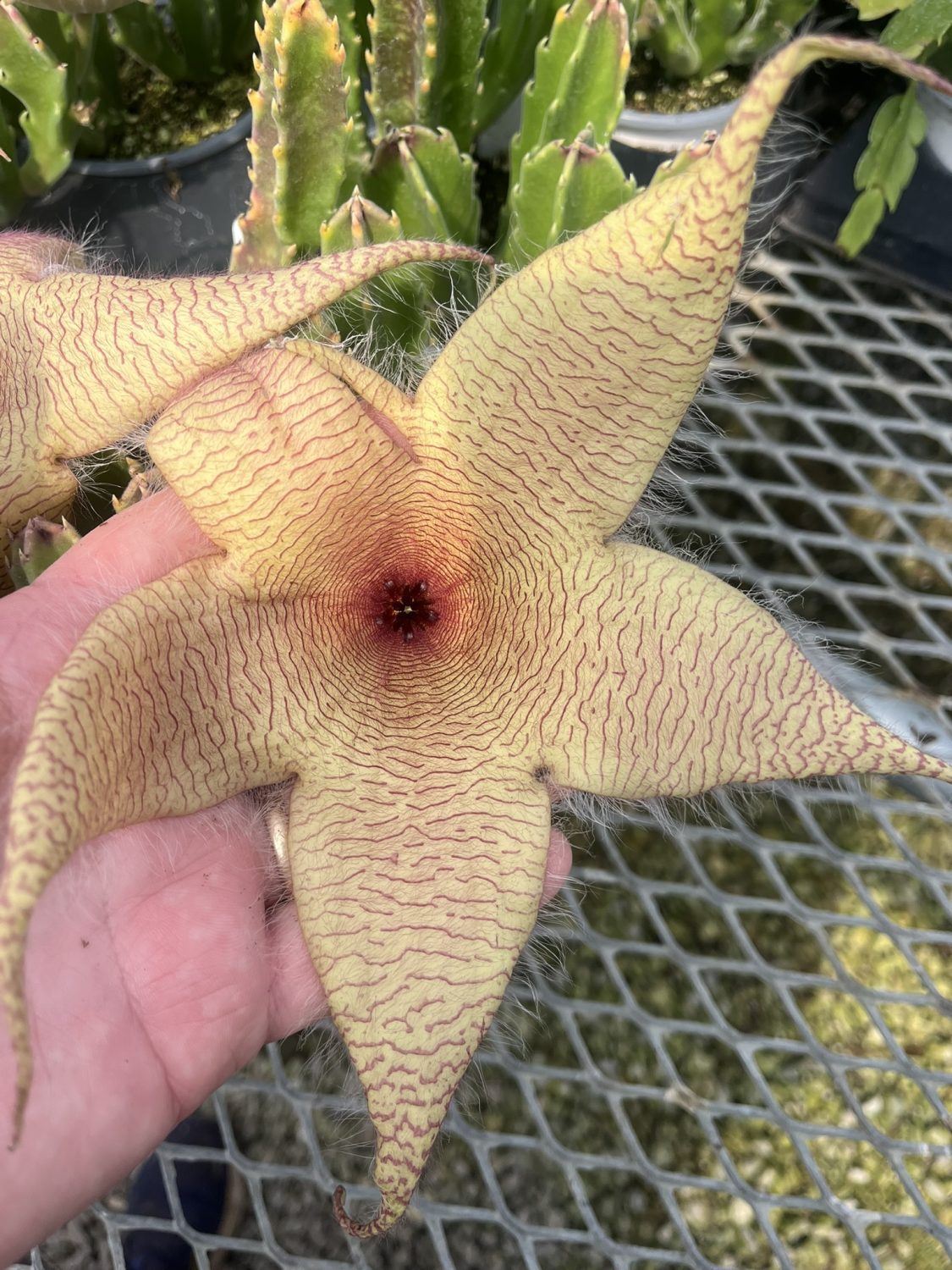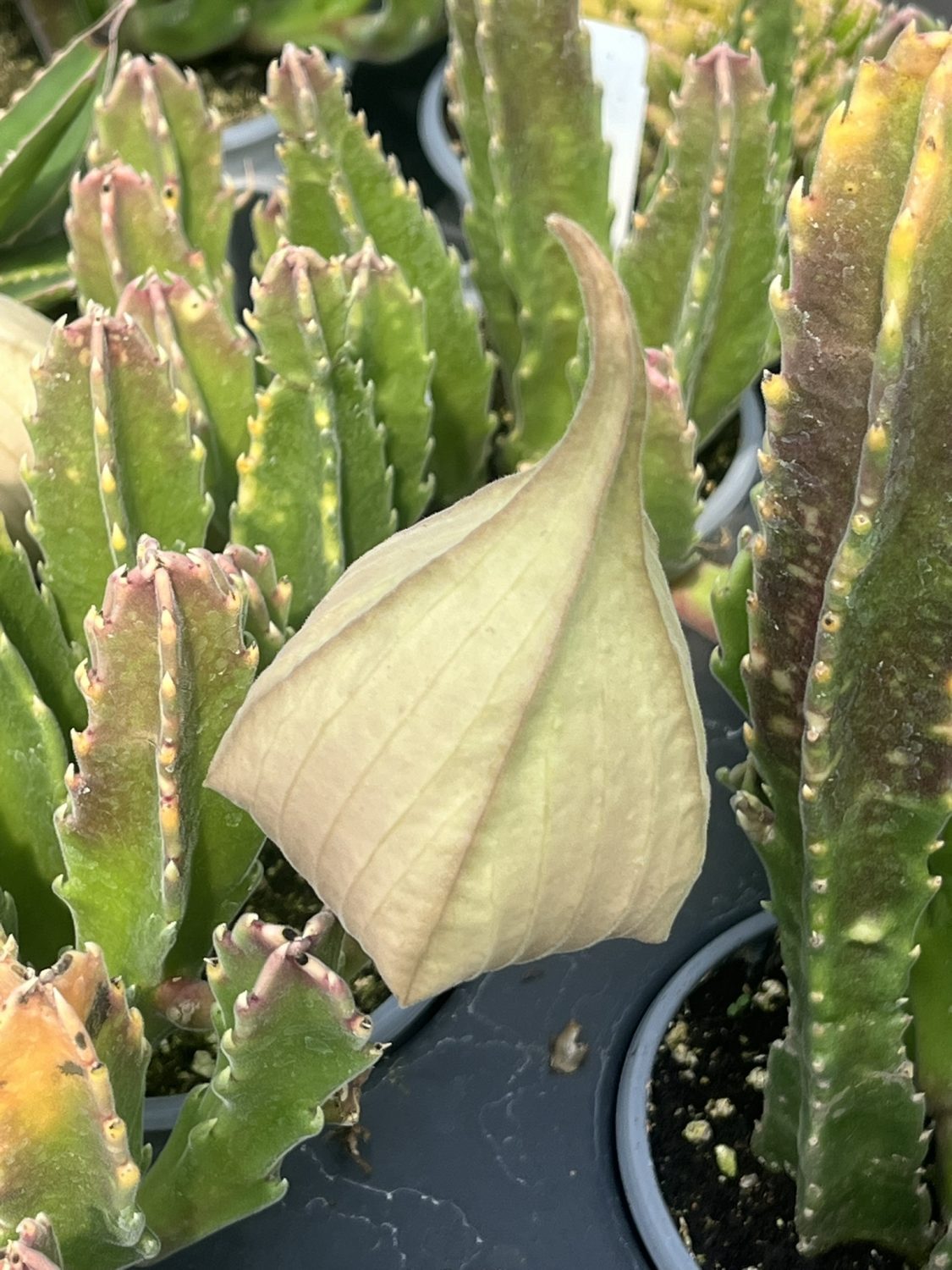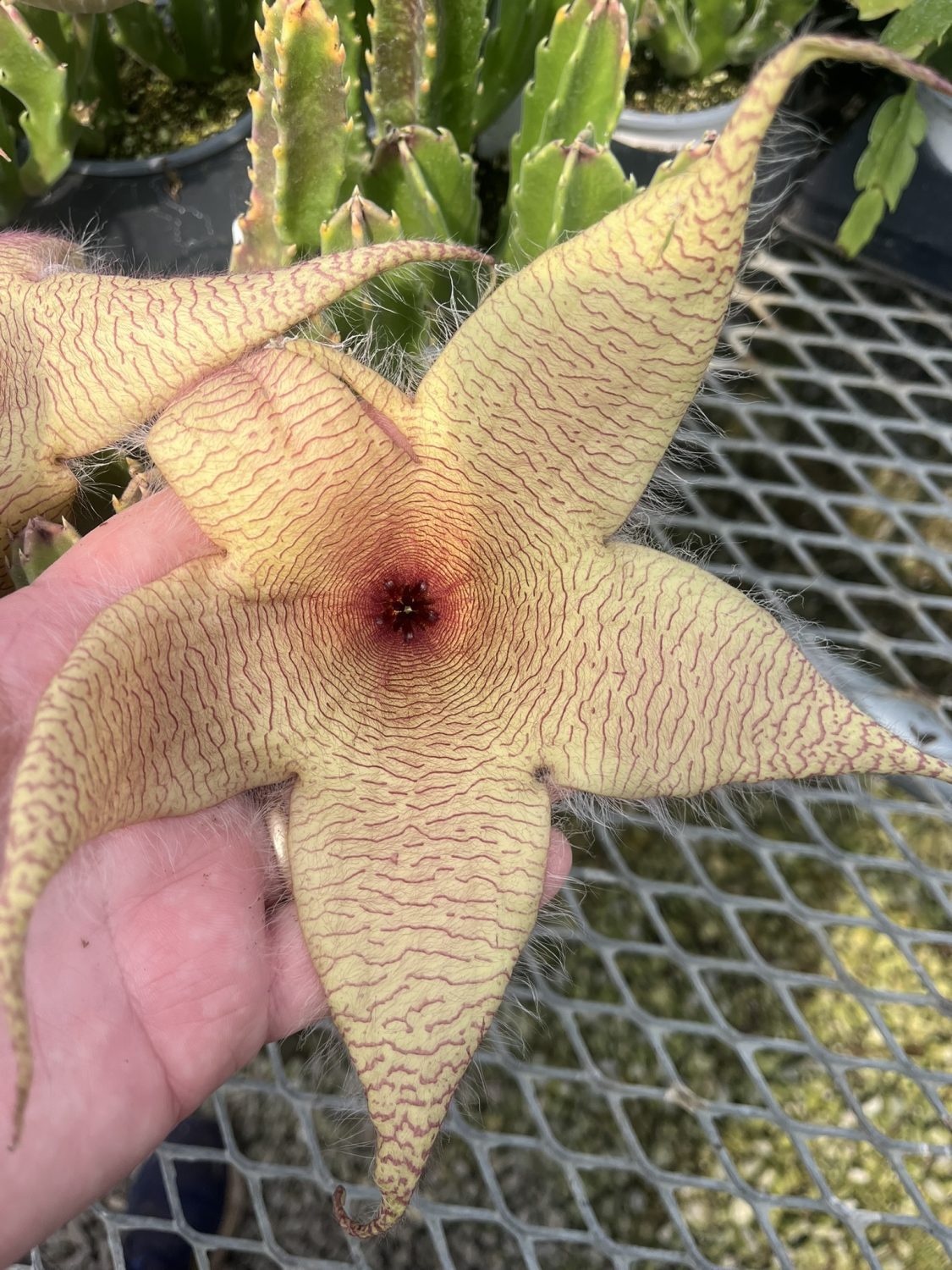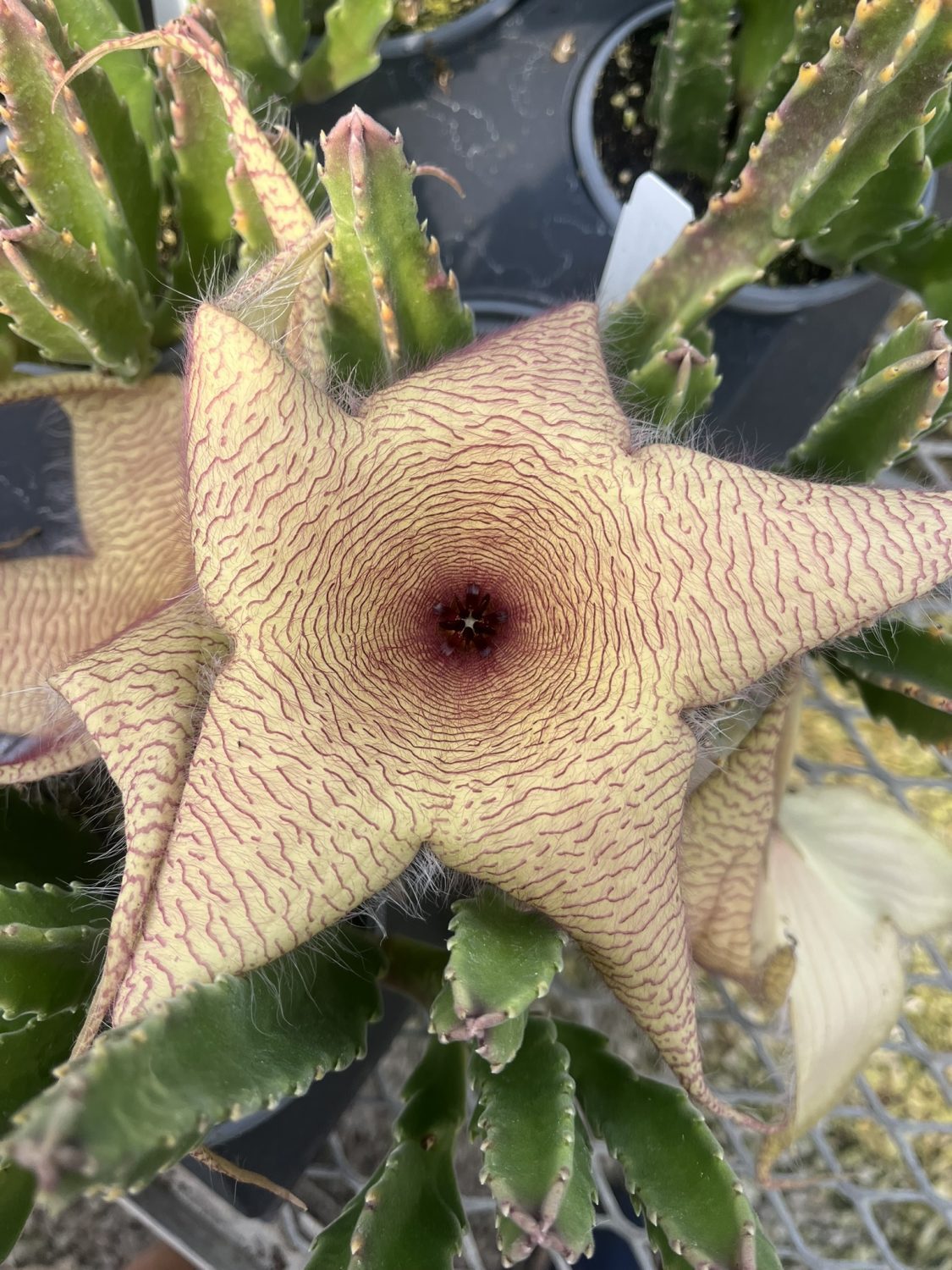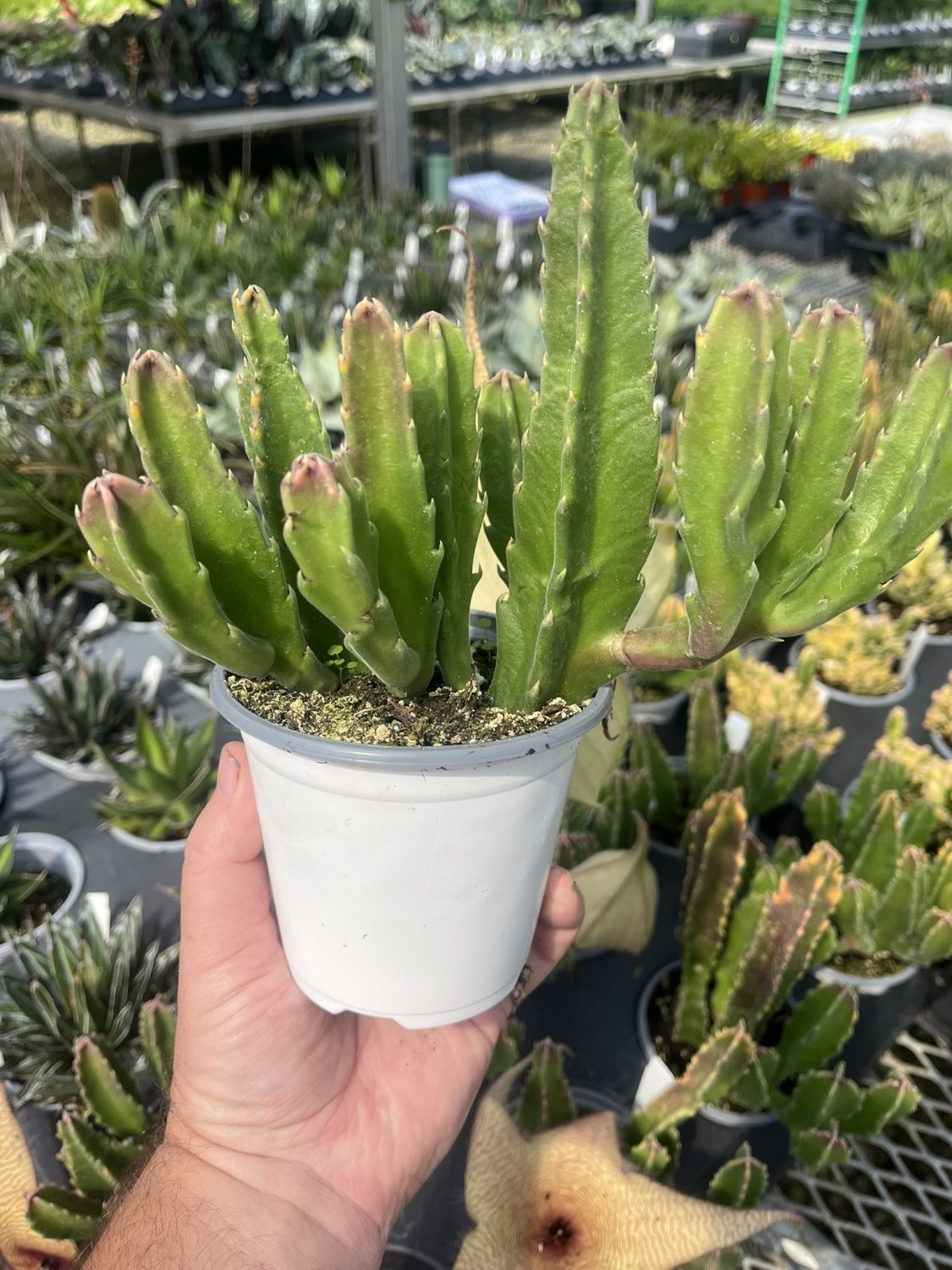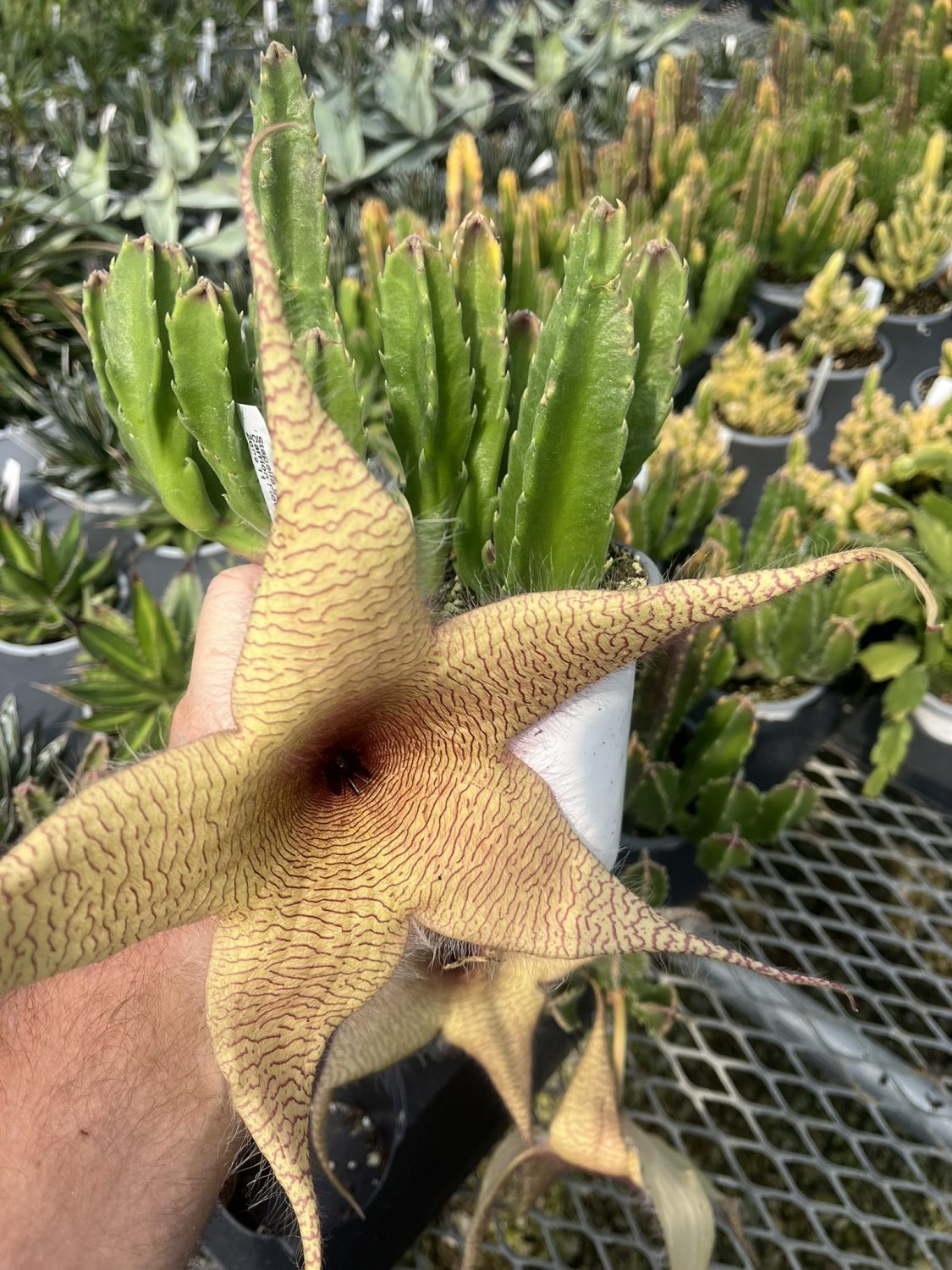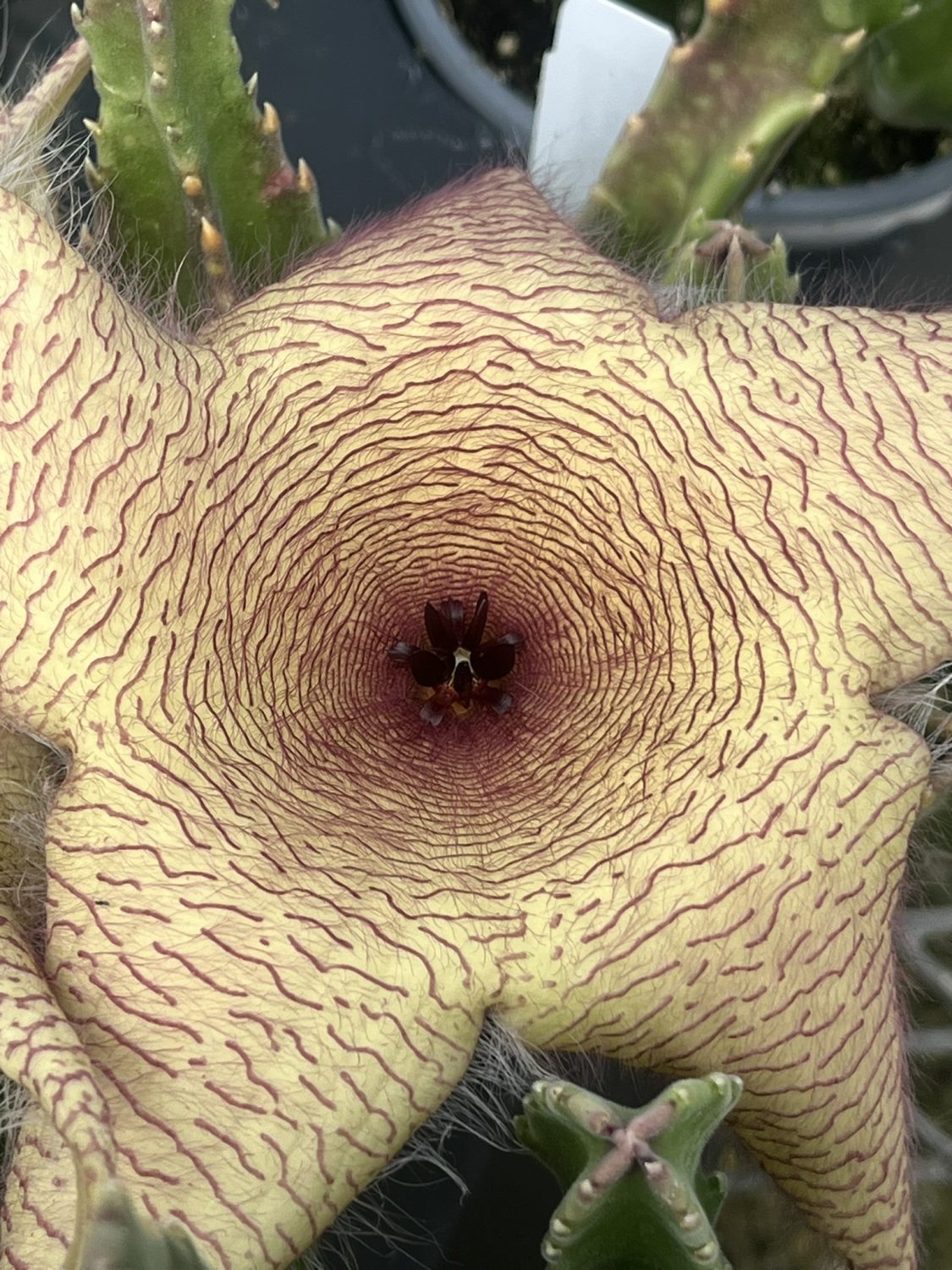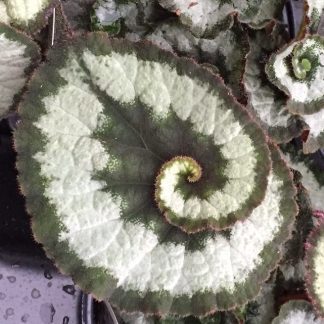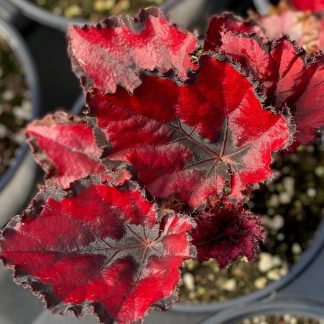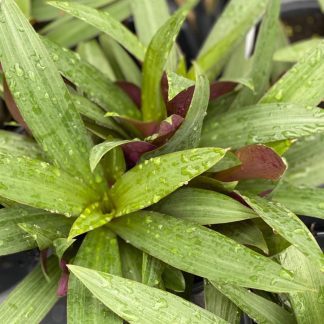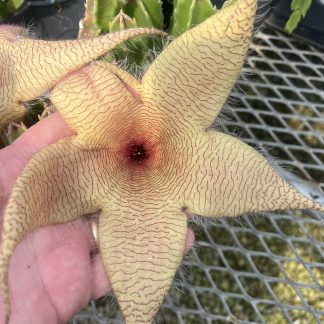Description
Carrion Flower (Stapelia gigantea) — Giant Starfish Blooms with Wild, Wonderful Drama
Want a houseplant that sparks stories? Carrion Flower—also sold as Stapelia gigantea—delivers. Thick, four-angled stems form a tidy clump. Then, out of nowhere, it throws a bloom the size of your hand. The flower looks like a velvet starfish, lined with soft hairs and painted in buttery yellow with maroon streaks. It smells… intriguing. Like something the flies would love. Because they do. In other words, it’s bold, weird, and unforgettable—and it’s much easier to grow than it looks.
Below, we’ll share exactly how to keep your Stapelia happy: light, water, soil, potting, bloom triggers, and quick fixes. We’ll keep the steps simple. We’ll keep the tone friendly. And we’ll make sure you get the big show without the big fuss.
Meet the Plant
Botanical name: Stapelia gigantea
Common names: Carrion Flower, Giant Zulu, Giant Toad Plant
Origin: Arid regions of southern Africa
Form: Leafless, succulent stems with four low ribs, soft teeth, and a matte green to bluish color
Size: Stems 6–12 inches tall; flowers 8–12 inches across (often huge)
Bloom: Late summer to fall indoors; more freely outdoors in warm, bright conditions
Fragrance: Carrion-like when flowers open (to attract pollinating flies)
The “carrion” scent is part of the magic. In the wild, flies follow the smell, land on the silky, hairy petals, and pollinate the flower. Indoors, we get the same show—plus a great conversation starter. If the scent is too much, you can place the plant on a balcony or near an open window while it blooms. The odor fades after a day or two, but the bloom stays dramatic for several days.
Why We Love Stapelia gigantea
- Show-stopper blooms. Gigantic starfish flowers with soft hairs and striking stripes.
- Compact growth. Upright stems fit small shelves and sunny sills.
- Low water needs. True succulent care—deep water, then dry.
- Fast to root. Cuttings are simple, so sharing is easy.
- Bloom on cue. With bright light and a summer feeding, flowers arrive like clockwork.
But most of all, this plant makes us smile. It’s curious. It’s different. It turns a quiet corner into a tiny desert theater.
Light: Bright and Kind Wins
Best spot: Bright, indirect light plus a few hours of gentle direct sun.
- Indoors: East or west window is ideal. A bright south window works with filtered sun.
- Outdoors (warm months): Morning sun and dappled afternoon shade.
- Grow lights: 10–12 hours per day if windows are weak.
If stems stretch or turn thin and pale, they need more light. If stems blush red-brown, you’ve pushed it—soften the sun a bit.
Water: Deep, Then Dry
Rule of thumb: Water thoroughly and then let the mix dry at least halfway down.
- Spring–summer (active): Water when the top 2–3 inches are dry. Soak until water drains freely, then empty the saucer.
- Fall–winter (rest): Water far less. Let the mix nearly dry out before the next drink.
Overwatering is the main way we lose Stapelia. The stems may yellow at the base, turn soft, and collapse. When in doubt, wait a day. Drought is safer than flood.
Underwater signs: Stems wrinkle and slump. They plump up again after a deep drink.
Overwater signs: Mushy base, sour smell, and blackened tissue. Act fast—see “Rescue” below.
Soil and Pot: Gritty + Breathable
Soil: Use a fast-draining cactus/succulent mix. To make your own, try:
- 2 parts cactus mix
- 1 part pumice (or coarse perlite)
- 1 part small orchid bark or granite chicken grit
Pot: Choose terracotta with a large drain hole. Size up only one step—just 1–2 inches wider than the root ball. A tight pot dries evenly and lowers rot risk.
Top-dress tip: Add a thin layer of pea gravel on top. It keeps stems dry at the base and looks tidy.
Temperature and Humidity
- Ideal temps: 65–85°F (18–29°C)
- Minimum: Brief dips to 50°F (10°C) are fine if soil is dry; avoid frost.
- Humidity: Average indoor air is perfect. No misting needed.
Keep it away from cold drafts and heater blasts. Stable air and bright light lead to strong stems and buds.
Feeding: Light and Timed
Stapelia needs modest nutrition.
- Spring–summer: Feed once a month with a diluted (¼–½ strength) cactus fertilizer, low in nitrogen.
- Fall–winter: Hold the fertilizer. Let the plant rest.
Too much nitrogen builds soft, floppy growth and few blooms. Less is more here.
Repotting: Slow and Simple
When: Every 2–3 years, or when the pot is crowded with stems and watering runs straight through.
How:
- Water lightly 2–3 days before to ease removal.
- Lift the clump and tease away old mix.
- Trim dead or black roots.
- Reset the clump a touch higher so stem bases sit dry and airy.
- Pot into dry fresh mix.
- Wait 5–7 days to water. Let small root nicks callus first.
Repot in warm weather for the fastest recovery.
How to Encourage Bloom
Light: Strong light is the #1 trigger. Give as much brightness as you can without scorching.
Heat: Warm days with cooler nights help bud set.
Feeding rhythm: Gentle, regular feeding in summer supports buds.
Pot snugness: Slightly pot-bound plants bloom more than over-potted ones.
Rest: A light winter rest (cooler temps, less water, no feed) sets the stage for late-summer flowers.
If you’ve got light, warmth, and a steady rhythm, the flowers follow.
The Smell: Manage It with Ease
We won’t dance around it: the bloom smells like carrion. Not all flowers smell equally strong, and the scent is brief.
- To manage: Move the plant to a porch or open window when a bud begins to loosen.
- Ventilate: A small fan or cracked window helps.
- Timing: The peak scent often hits in the first day of opening. It fades fast.
The payoff is worth it—the flower is spectacular.
Propagation: Cuttings That Root Fast
Best season: Spring through summer.
- Use clean, sharp shears to cut a firm, 3–5 inch stem.
- Place the cutting in a bright, airy spot out of direct sun for 5–7 days to callus.
- Set the callused end into a dry, gritty mix. Do not water yet.
- After 5–7 more days, mist the soil edge lightly.
- One week later, water lightly.
- Increase brightness as the cutting firms up.
Roots arrive quietly. When you see new growth at the tip, you’re set.
Common Problems and Quick Fixes
Mushy base / rot
- Cause: Overwater, cold + wet mix, or a pot that’s too big.
- Fix: Unpot, cut to sound tissue, dust with sulfur or cinnamon, and re-root healthy segments as cuttings. Repot parent in fresh, dry mix and water less.
Wrinkled, slumping stems
- Cause: Thirst or extended heat.
- Fix: Give a deep soak. Ensure the next watering comes only after the mix dries halfway down.
Pale, stretched growth
- Cause: Low light.
- Fix: Move closer to a bright window or add a grow light. Expect tighter, sturdier ribs.
Mealybugs
- Sign: White cotton at stem joints.
- Fix: Dab with 70% isopropyl alcohol on a cotton swab. Repeat weekly until gone. Improve airflow and keep the crown dry.
Fungus gnats
- Sign: Tiny flies hovering over soil.
- Fix: You’re watering too often. Let the mix dry more between waterings. Use a gritty mix and bottom-water sparingly.
Pet and Kid Notes
Stapelia gigantea is not known as highly toxic, but the sap can irritate sensitive skin, and the stems have small teeth. Keep out of reach of pets that chew and curious kids. Handle with care. Wash hands after trimming.
Styling Ideas We Love
- Desert duo: Pair with a grey-blue echeveria in matte terracotta. Soft rosettes meet bold stems.
- Specimen moment: Set one Stapelia alone in a sandy, low bowl with a quartz stone. Minimal and modern.
- Wild shelf: Group with a Haworthia and a miniature barrel cactus. Add a thin top-dress of gravel for cohesion.
- Outdoor cameo (warm months): Porch table, morning sun. When buds swell, you’ve got a front-row seat.
Let the flower be the drama. Keep everything else quiet.
Simple Care Calendar
Spring
- Move to brightest safe light.
- Water when top 2–3 inches are dry.
- Start monthly, low-strength feeding.
- Take cuttings if you want duplicates.
Summer
- Bright light; a few hours of gentle sun are great.
- Maintain deep, infrequent watering.
- Watch for buds. Ventilate when flowers open.
Fall
- Enjoy the bloom show.
- Begin spacing waterings.
- Stop feeding late in the season.
Winter
- Brightest window you have.
- Water sparingly, only when nearly dry.
- No fertilizer. Keep warm, but away from heaters.
Clip this list for quick checks. Rhythm beats guesswork.
Quick Answers (Fast and Clear)
How often do we water?
When the top few inches are dry—more in heat, much less in winter.
Can it take full sun?
Yes, if you acclimate slowly. Start with morning sun, then increase.
Why no flowers yet?
Likely low light, heavy feeding, or too much water in winter. Brighten, ease up, and give a rest.
Does the smell linger?
Peak scent is brief. Ventilate or move the plant for a day, then bring it back.
Can I divide the clump?
Yes. Gently separate sections during repot and pot each up like a cutting.
Why Carrion Flower Belongs with Us
We want plants that start conversations and stay easy to live with. Stapelia gigantea is both. It thrives on bright light, gritty soil, and a simple watering rhythm. Then, after more than a few warm weeks, it pays us back with a flower that looks unreal—silky hairs, star-shaped petals, and a wild perfume that nature designed on purpose. It’s not just a plant. It’s a tiny, desert story unfolding on your windowsill.
Starfish Petals, Minimal Petals
Ready to grow a living marvel? Let’s plant Carrion Flower (Stapelia gigantea)—big blooms, simple care, and pure wonder. Small pot. Big spectacle. Velvet Stars, Easy Starts.

